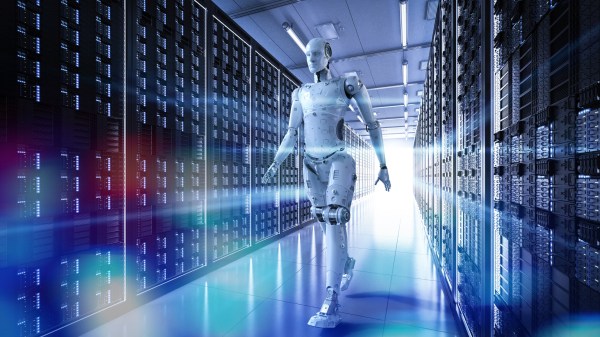AI is already having a huge impact not just on the world of business but on the world in general. Moreover, it’s only getting started on the journey to fulfilling its potential. With that in mind, here is a quick guide to what you need to know about harnessing the power of data centers for AI development.
Hardware requirements for AI workloads in data centers
Any form of AI is resource-intensive compared to traditional computing. The more organizations want to leverage AI, the more resources they need to commit to achieve their goals.
For example, large-scale AI models, such as deep neural networks can have millions or even billions of parameters. Unsurprisingly, therefore, they demand the most powerful hardware available.
In particular, AI-fuelled applications need cutting-edge processors, memory and storage, and network connectivity.
Processors
Traditional Central Processing Units (CPUs) may be sufficient for basic AI applications. For AI workloads involving parallel processing of massive datasets, however, Graphics Processing Units (GPUs) are a significantly better option.
GPUs are highly parallelized processors with thousands of cores optimized for executing multiple computations simultaneously. This makes them an excellent choice for training deep neural networks (DNNs) efficiently.
Tensor Processing Units (TPUs) are an even better choice. TPUs are specialized hardware accelerators designed specifically for machine learning tasks. They offer exceptional performance and energy efficiency when compared even to GPUs.
By leveraging TPUs, data centers can accelerate AI training and inference tasks while minimizing power consumption. In other words, TPUs maximize efficiency, cost-effectiveness, and sustainability.
Memory and storage
High-capacity Random Access Memory (RAM) is essential for storing intermediate computation results and model parameters during training processes. Additionally, fast storage solutions, such as Solid-State Drives (SSDs) or NVMe storage, are crucial for rapid data access and retrieval.
Network connectivity
In addition to needing cutting-edge networking infrastructure (e.g. fiber optics, 5G, and network accelerators), networks for AI applications need the most sophisticated network topology design and the most advanced network protocols.
Scalability options in data centers for AI workloads
At a high level, the scalability options for AI workloads are essentially the same as the scalability options for any other workloads.
Vertical scalability
Vertical scalability involves upgrading existing hardware components within a single server or node to enhance performance and accommodate growing AI workloads. This approach typically includes upgrading CPUs, GPUs, TPUs, RAM, and/or storage capacity to meet increasing computational demands.
The key advantage of vertical scalability is that it does not require significant changes to the overall data center infrastructure. This makes it simple and cost-effective. Its key disadvantage is that it is limited by the maximum capabilities of individual hardware components.
Horizontal scalability
Horizontal scalability involves adding more servers or nodes to the data center infrastructure to distribute and parallelize AI workloads across multiple machines. This approach enables data centers to scale out by increasing computational resources linearly, thereby accommodating larger and more complex AI tasks.
The key advantage of horizontal scalability is that it is highly flexible. Its key disadvantage is that it can be very complex to implement. For example, it often creates challenges related to network communication, data consistency, and resource orchestration.
Integrating scalability into IT ecosystems
Scalability is so important to modern businesses that it is now standard practice to look for ways to implement it whenever possible. This can mean anything from investing in modular data centers to investing in scalable storage solutions, such as distributed file systems or object storage.
The need for scalability is a key driver behind both the adoption of hybrid IT infrastructure and the growing tendency to maximize the use of both colocation and public cloud services. Implementing hybrid IT through leveraging colocation and the public cloud often gives businesses maximum scalability and flexibility with minimal commitment and overheads.
Optimization techniques for data centers supporting AI workloads
Similarly, optimization techniques for data centers supporting AI workloads are much the same as optimization techniques in general. Here are three of the most commonly used optimization techniques.
Resource allocation strategies
Data centers utilize sophisticated scheduling algorithms to allocate computational resources based on workload characteristics and resource availability. Additionally, containerization and virtualization technologies make it possible to fine-tune resource isolation and allocation.
Parallel computing techniques
Distributed computing frameworks enable parallel execution of AI algorithms across multiple nodes, significantly reducing training time for large-scale models. Additionally, data centers can leverage parallel processing architectures to partition AI workloads into smaller tasks. These can then be distributed across the available computing resources for concurrent execution.
Energy efficiency measures
Hardware optimizations, such as low-power processors and energy-efficient cooling systems, help reduce overall power consumption without compromising performance for AI workloads. Data centers also employ sophisticated power management techniques to adjust energy usage based on workload demand.







